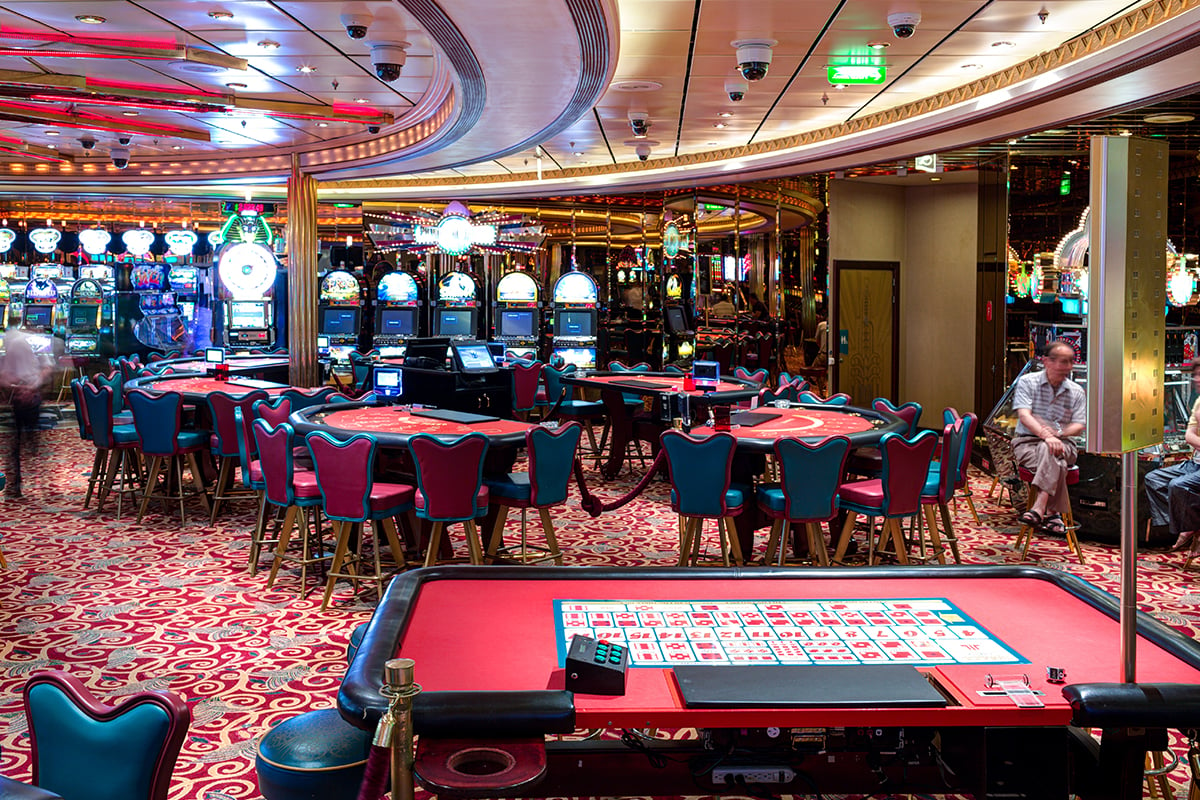
In a vibrant and stimulating world of casinos, wherein luck and tactics intertwine, color and aesthetic play a key role in attracting gamblers. As soon as players step inside a casino or access a gaming platform, they are immersed in a visual feast that captures their attention and lures them to explore more. Vivid colors, engaging graphics, and innovative layouts are carefully crafted to create an atmosphere of excitement and expectation, ultimately enhancing the gaming encounter.
As gamblers move through the dynamic landscape of casino games, they encounter a variety of designs that not only serve aesthetic purposes but also affect emotions and choices. Colors like scarlet and gold symbolize wealth and luck, while calm blues and emeralds can create a more tranquil environment. Grasping how these elements function together enables casinos to create an inviting and energizing atmosphere that encourages players to interact with the games, spend more time at the tables, and increase their overall enjoyment.
The Science of Color in Gaming Establishments
Color plays a crucial role in the design of casino games, influencing players’ feelings and responses. Lively and striking colors, such as crimson and yellow, are often used to incite thrill and draw focus. These hues create a feeling immediacy and energy, encouraging players to engage more enthusiastically with the experience. By thoughtfully selecting tints, designers aim to inspire feelings of joy and expectation, which can enhance the overall gaming experience.
Distinct shades also have psychological meanings that can impact how gamblers perceive their odds of victory. For example, lime is commonly associated with fortune and abundance, making it a well-liked choice in games like the roulette wheel and poker games. This link can lead players to feel more hopeful and assured in their gaming, ultimately encouraging them to bet more. Comprehending these links allows game designers to create environments that enhance player enjoyment and engagement.
Furthermore, the design of gambling game interfaces often uses gradients and differing shades to instruct player actions. For instance, winning outcomes may be emphasized with vivid, opposing shades, creating a visual cue. This approach reinforces successful results and supports repeated gameplay. By exploiting the science of color, gambling establishments can design activities that not only captivate players but also maintain them involved and committed in their gaming experience.
Design Elements that Engage Gamers
The aesthetic appeal of gambling games is largely influenced by the implementation of bold colors. Lively and contrasting colors are deliberately chosen to create an inviting atmosphere that captures attention. For instance, reds and golden hues often signify good fortune and wealth, which is why they are common in the palettes of gaming machines and table surfaces. These colors not only draw players in, but they also evoke emotions related to excitement and expectation, enhancing the total gaming experience.
In parallel to color, the design and organization of gambling games play a crucial role in captivating players. Games are designed to be intuitive, ensuring that players can quickly understand the rules and gameplay. User-friendly interfaces, along with captivating graphics and animations, help maintain player interest and encourage extended play sessions. The physical elements, such as the texture of the buttons and the audio of the games, also add to a comprehensive sensory experience that keeps players engaged.
In conclusion, thematic elements in gaming design can greatly influence gaming decisions. Many gambling games are inspired by media, fairy tales, or exploration motifs, incorporating symbols and characters that resonate with players. These themes create a sense of engagement and relatability, making each game feel distinct. When players feel a connection to the theme, they are more likely to opt for that game over others, leading to higher participation and enthusiasm within the gambling environment.
Case Studies: Successful Casino Game Designs
One key example of successful gambling game design is the acclaimed slot machine series themed around hit movies. Bj88 Games such as those based on the Wizard of Oz and Game of Thrones utilize vibrant colors and top-notch graphics to immerse players in familiar narratives. The application of moving visuals and entertaining sound effects grabs the interest of players, building an affective connection to the theme. Bj88 This tactic merely fosters longer play but also boosts the overall gaming experience, leading to increased player retention.
Another successful case is the use of the psychology of color in table games like blackjack and roulette. Casinos often develop these games with dark reds and greens, colors traditionally associated with luck and wealth. For instance, the green felt on a blackjack table provides a relaxing effect, while the crimson accents in roulette invite anticipation. This deliberate use of color helps to foster an inviting atmosphere that motivates players to engage, fulfilling their psychological impulses and increasing their enjoyment.
Finally, online casino games that feature social features and bright, dynamic designs have experienced remarkable success in engaging players. Games like Zynga Poker and Slotomania leverage vivid colors and playful animations to forge an inviting online environment. The inclusion of leaderboards, community sharing options, and in-game rewards promotes competition and community, drawing players in for longer sessions. Such designs merely make the games visually enticing but also emphasize social interaction, a vital factor in player retention and engagement within online casino environments.